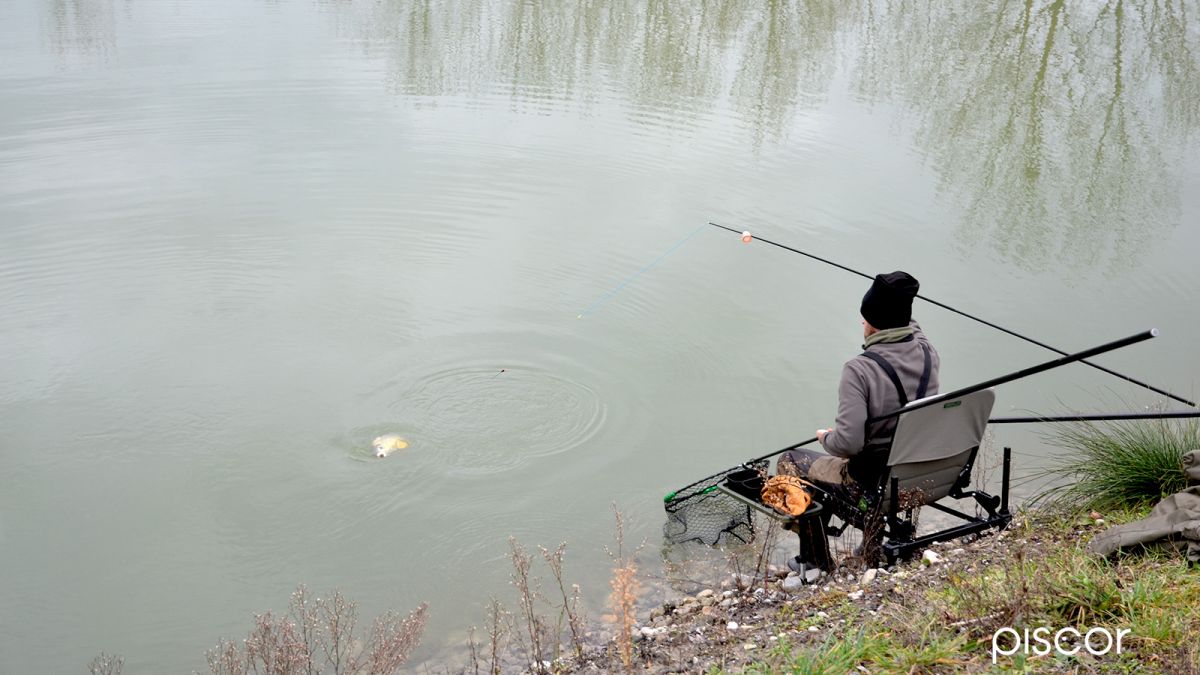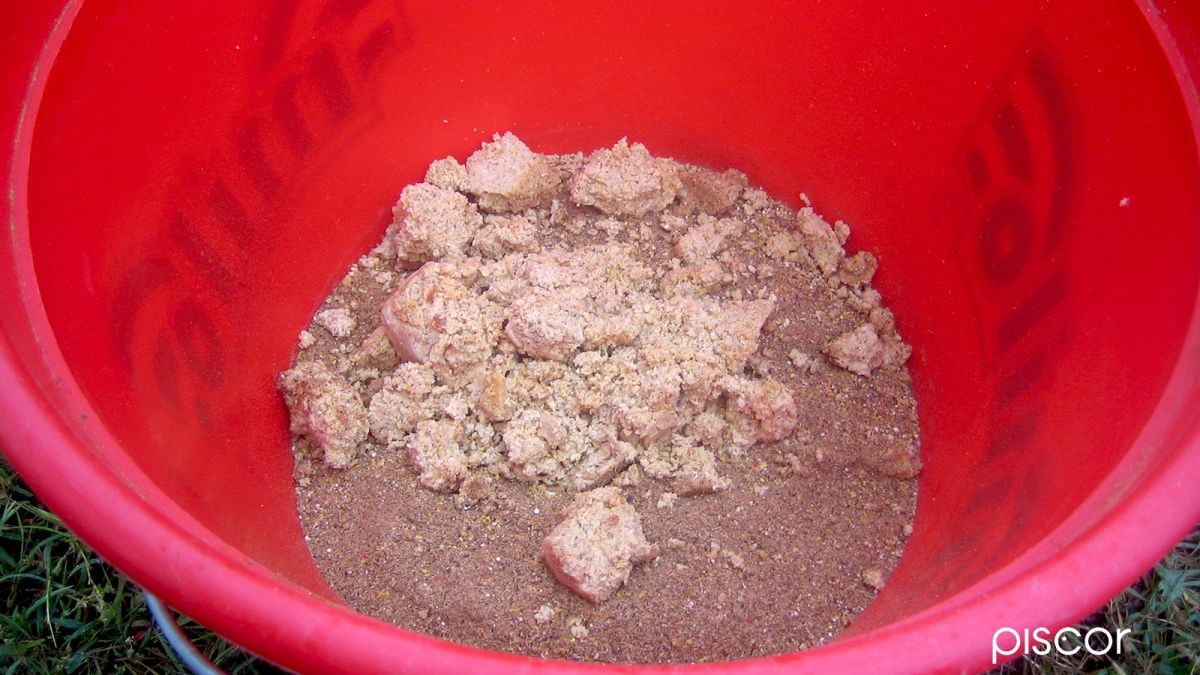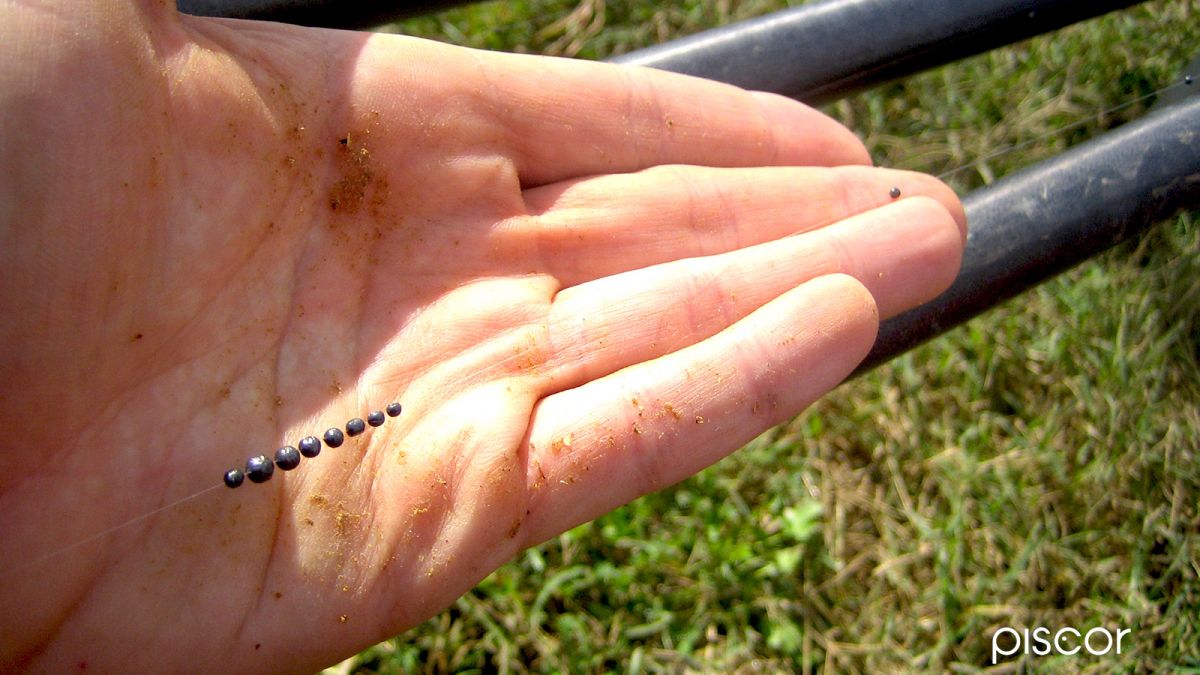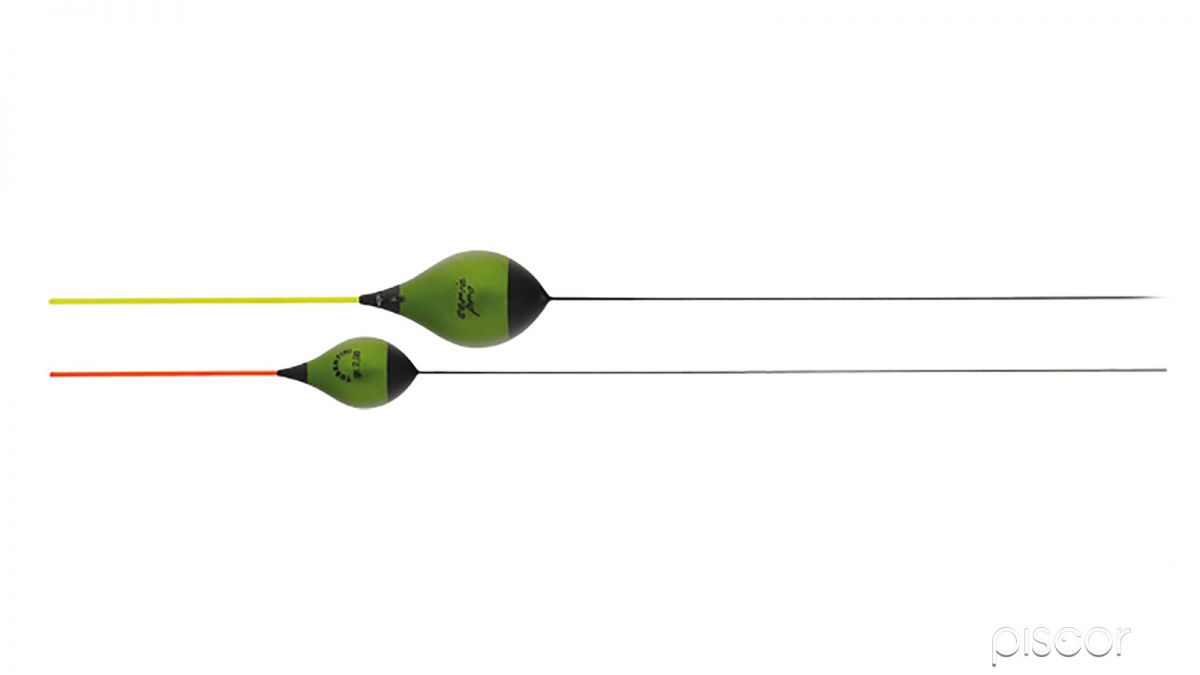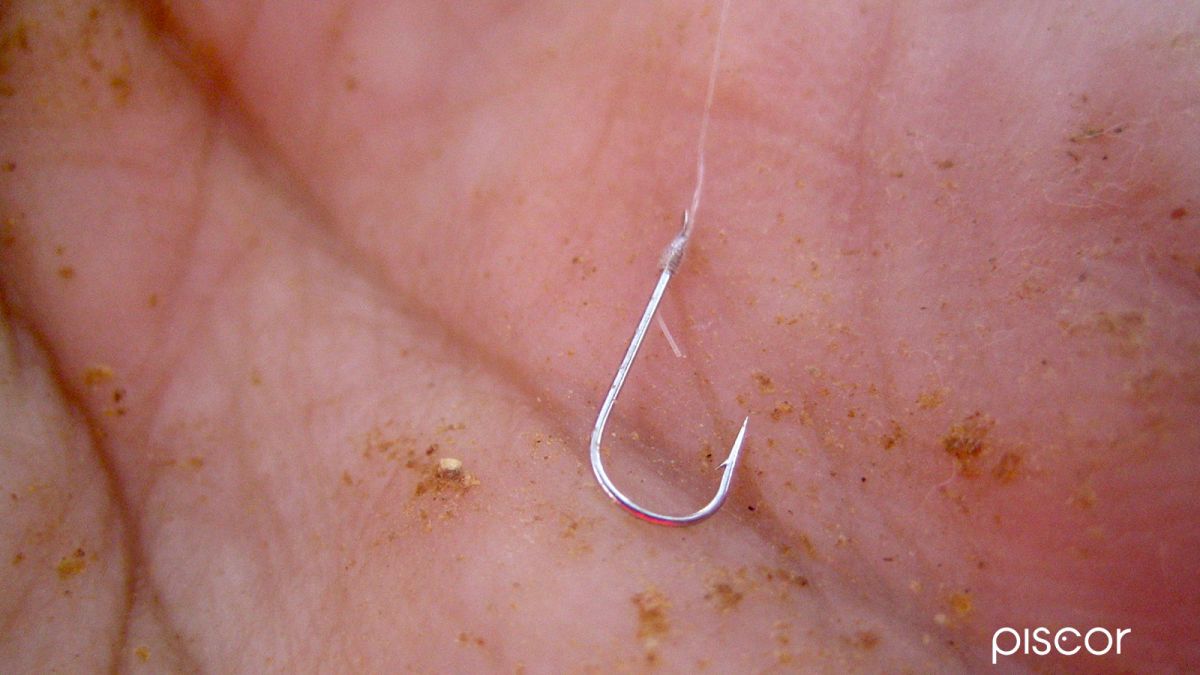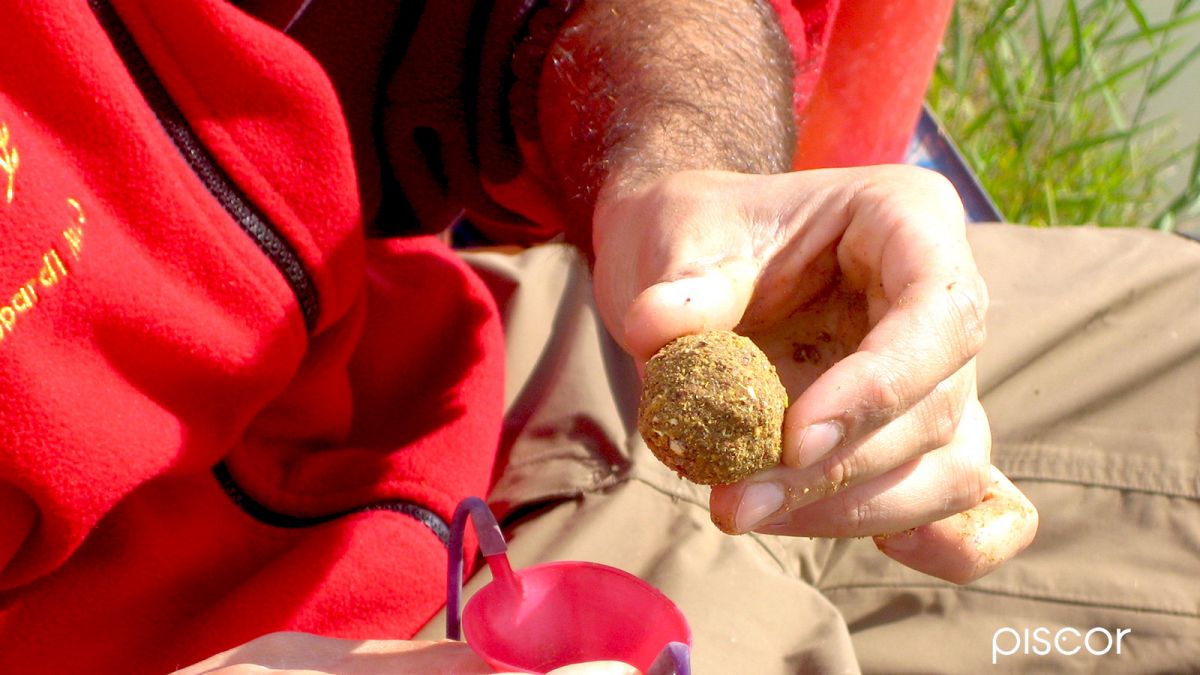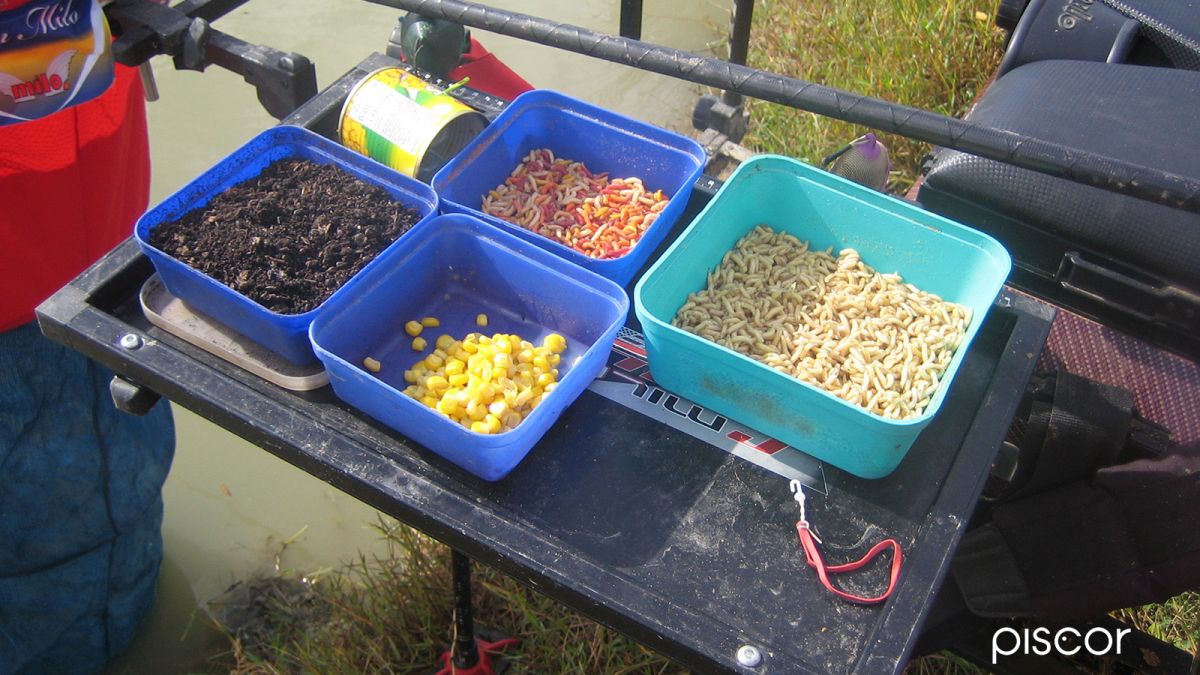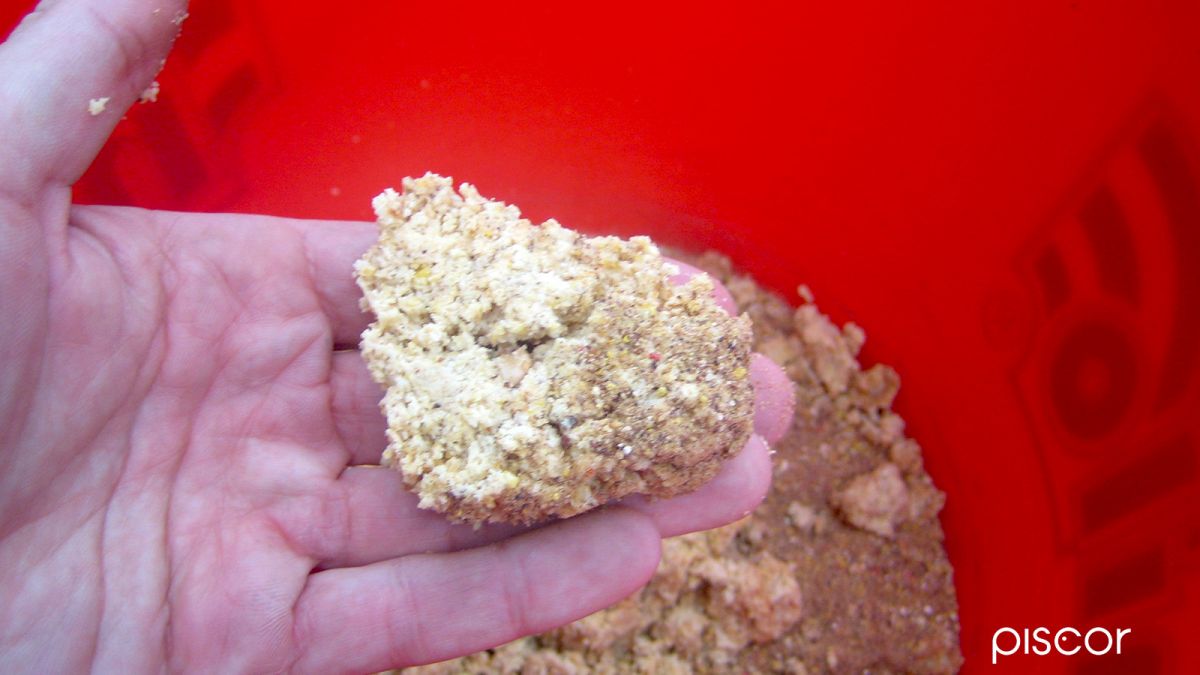In cold months, when the fish are not willing to let themselves be caught with ease, paying the utmost attention to some details is the only way to get the better of some fish, of all the tricks, one of those to be taken care of is certainly the amount of support on the ground of the fishing line.
Fishing in winter means dealing with fish that are not very likely to move and are not very determined to eat, especially during the coldest days. All this forces us to refine the action of fishing having to put in place several subtleties to be able to see some bites even when it would seem that our prey are completely absent.
Among the precautions to follow, in addition to the more classic and known, there is just the choice of the right amount of wire that will have to be lying on the ground. During hot periods, however, when the prey are active and always on the move, you can capture them in different ways, using both blocked lines and other more fluttering.
We can say that with high temperatures and maximum food activity, the fish allow us a wider range of action within which to space, but, during the winter, the margins of error are narrowed. This means that any wrong choice, even if apparently negligible, can send us back home with a failure instead of a nice catch.
Starting from the abulic metabolism and the low propensity to move that fish have at low temperatures, it is easy to see that the first attention should be invested in the bait we will present them. This, in fact, must be well presented and, above all, easily caught, avoiding the fish great efforts and waste of energy.
At this point it is extremely easy to guess that a line well supported on the ground will help us to have a firmer trigger, offering us some more food than a moving bait.
The importance of the line
If we want a static bait, it is not enough just to place the entire rig on the ground, but it is also necessary to choose the right arrangement of the lead in the line. The ideal solution is to create a setting that is quite low and compact, but also sufficiently soft.
We must never forget that, in winter, fish have little "wickedness" to eat and can afford the luxury of studying the trap well before letting themselves be tempted. Here, then, is that making a bulk thirty centimeters above the joint of the rig is the most appropriate choice, completing the geometry with three shot leads equidistant from each other and the same size that will be inserted between the buttonhole of the rig and the same bulk, remaining separated from each other by about ten centimeters.
In this way, probing with great care the bottom, it will be possible to lay the entire rig on the ground so that the first ball touches the ground, using a soft and stable setting at the same time, which helps us to remain "lying down".
Stable and sensitive
The bite indicator is also very important, since it must contain great stability, but also maximum propensity to sink. All this can be summed up in a form that in jargon is called "flask".
This model is characterized by a bulging body, which gives it great stability and by an elongated neck above which is necessary a fiberglass antenna. This combination allows to read well both an eventual staring and a slow and impalpable sinking.
There is nothing better than fishing in winter standing on the ground to enhance this kind of indicator, as the timid bites of fish put a strain on the sinking of the less sensitive floats, as well as the support of the entire rig and the pellet in close contact with the ground require a stable object and able to signal the touches in starry.
Small, but robust hooks
We must never forget that we are always talking about a fishing behaviour that allows us to catch difficult and listless prey and, therefore, easily associated with thin wires, perfectly groomed triggers and, consequently, small hooks.
The choice of small hooks, however, does not mean having to sacrifice strength, always preferring an object with medium or thick wire that resists well even the most nervous stresses.
In winter you can count on the poor vitality of the preys that, once flooded, are certainly not indomitable as happens in the hot months. This can help us also in the presence of not too big hooks, as it could be a measure between 16 and the 20. The cold period, moreover, is the most suitable one for possible extreme choices, as that one to risk an unmatured one for fault of an exaggeratedly small hook in exchange of to see a greater number of bites.
Sling and "micro balls"
When fishing in difficult conditions and the amount of fish is modest, it is advisable to bait in moderation but always with good frequency. Surely, especially in the early stages of fishing, it is imperative to have a cupping kit to concentrate the food with the utmost precision, despite everything can come to our aid the sling to throw small balls of pasture or glued maggots.
With this method, in fact, you can bait with great continuity without giving up the acoustic appeal that the food balls produce once thrown into the water. The importance of the sling is related to the precision that it offers compared to the throw made with the hands.
The latter is valid with balls large enough, but when you have to throw little, throwing balls as small as nuts, the use of a sling with soft elastic bands, helps us to be more precise.
A good amount of baits
Having a wide choice of different baits is always a great advantage, regardless of fish response and time of year. When fishing becomes difficult, however, having a suitable variety of bait can make a difference, giving us the opportunity to alternate the bite attached to the hook and enticing even the laziest fish to attack the trap.
Among the most profitable triggers in winter we must not forget the bears, as well as earthworms and any colorful variant of maggot, without ever being able to give up corn. The latter, however, is perhaps the least suitable choice when fishing very lying on the ground, since the trigger of corn goes better with lines that work little support or, even, at the same bottom.
The corn tourteau
The corn tourteau is an ingredient that is widely used in the pasture for its ability to make the dough soft and easily compacted as well as disintegrating and weighing it down.
Although corn and all its derivatives are best used in the hot season, adding tourteau in the order of twenty percent to the flour is always advisable. In winter, for example, when you need to lighten the nutritional power of excessively fat pastures, you can use this ingredient, speeding up the time of disintegration and limiting the nutritional intake.
The nutrients inherent in a pasture should never be underestimated, especially if it remains agglomerated on the bottom for a long time without melting, offering itself to the fish as a succulent bite that could zero in a moment its additional need to eat. This is particularly evident in those months when fish hunger is reduced to a minimum and fats and proteins need to be siped to avoid satiating them before they get hooked.

